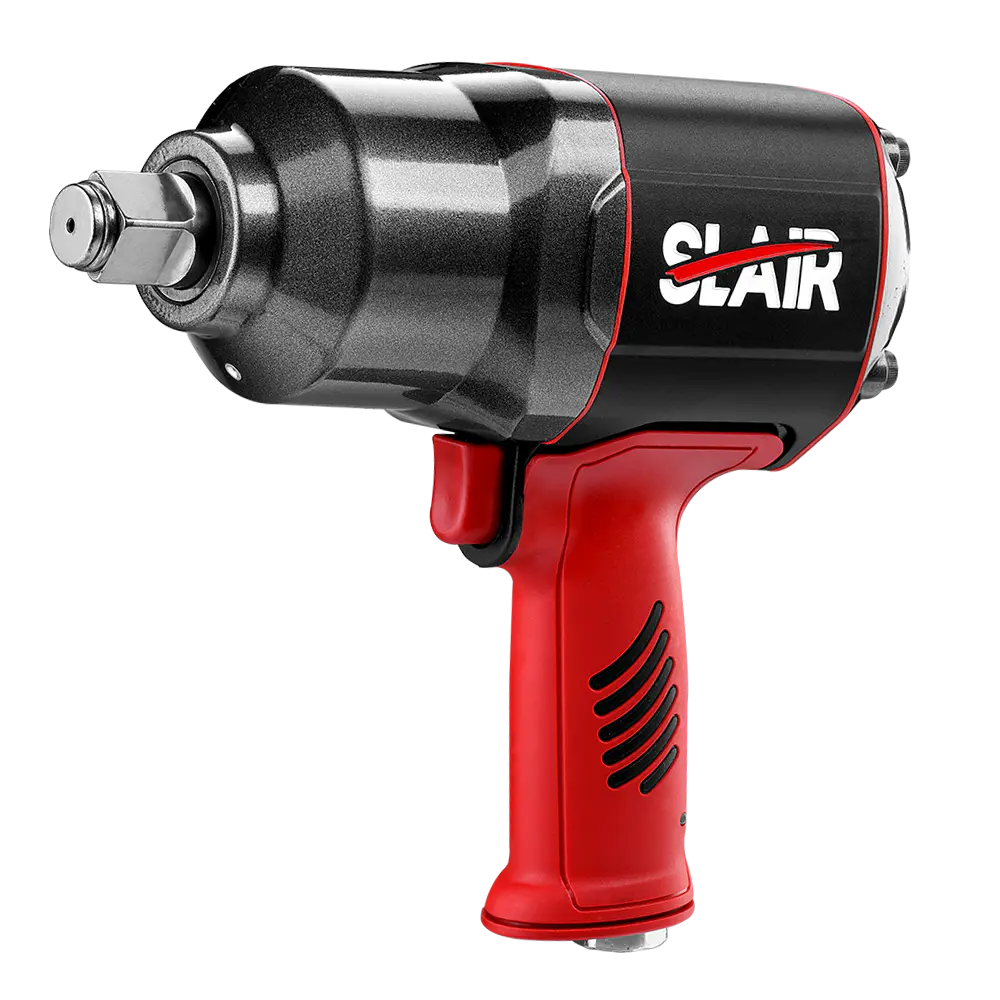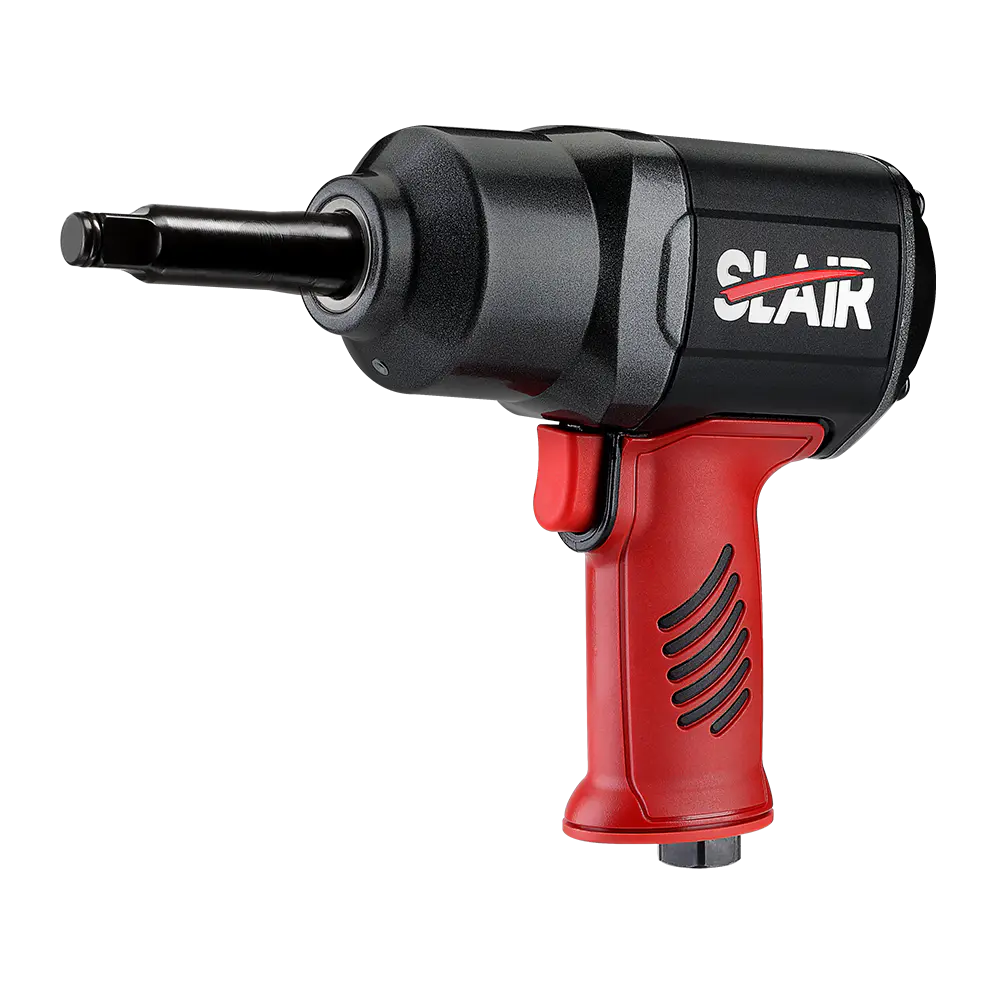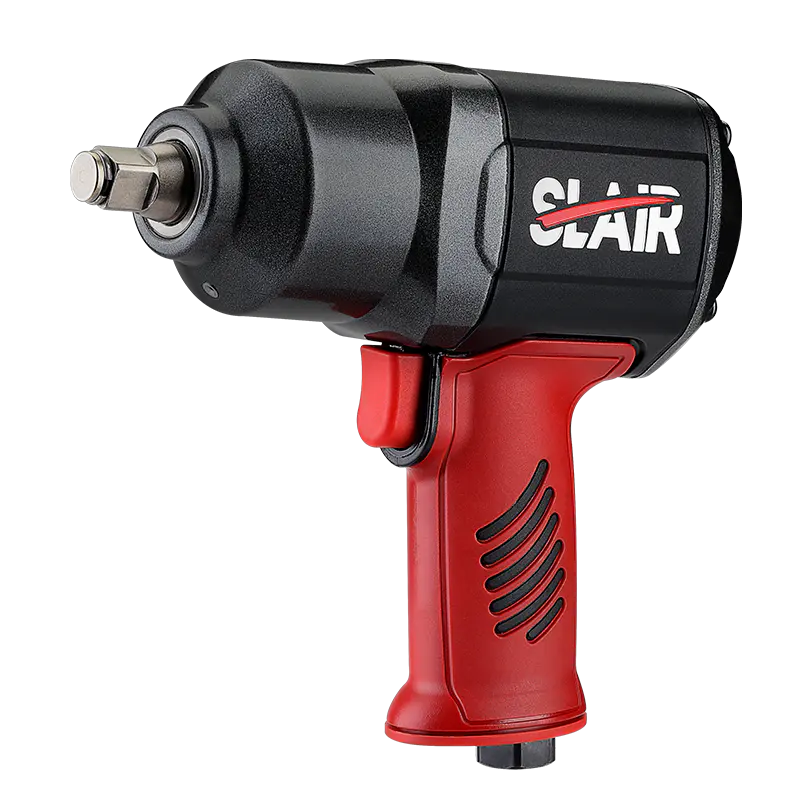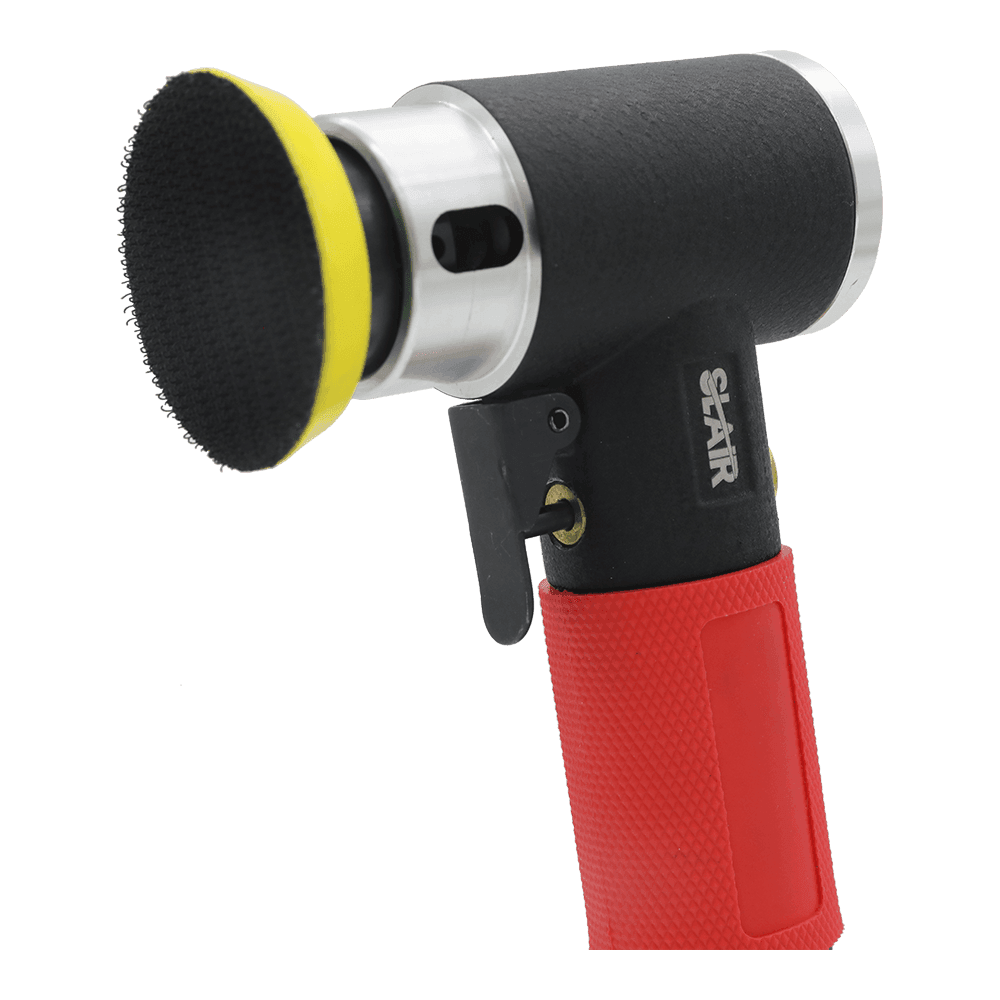The recommended air pressure range for pneumatic impact wrenches typically falls between 90 to 100 pounds per square inch (psi) or 6.2 to 6.9 bar. However, the exact pressure requirement may vary depending on the specific model and pneumatic impact wrenches manufacturer of the impact wrench. It's essential to refer to the pneumatic impact wrenches manufacturer's instructions and specifications for the precise air pressure requirements of your particular tool.
Here are the general steps to adjust the air pressure for a pneumatic impact wrench:
1. Check the pneumatic impact wrenches Manufacturer's Instructions:
Consult the user manual or guidelines provided by the impact wrench manufacturer. This will specify the recommended air pressure range for your specific model.
2. Prepare the Air Compressor:
Ensure that the air compressor is in good working condition and properly connected to a power source.
3. Attach the Air Hose:
4. Adjust the Compressor's Regulator:
Most air compressors are equipped with a regulator that allows you to adjust the air pressure output. Locate the regulator and set it within the recommended pressure range specified for your impact wrench.
5. Use a Pressure Gauge:
To accurately adjust the air pressure, consider using an inline pressure gauge. Attach the gauge to the air hose between the compressor and the impact wrench.
6. Adjust the Regulator Gradually:
Turn the regulator knob or adjuster clockwise or counterclockwise to increase or decrease the air pressure. Make adjustments gradually and incrementally while monitoring the pressure on the gauge.
7. Monitor the Pressure:
Watch the pressure gauge as you make adjustments. Stop when the pressure falls within the recommended range for your pneumatic impact wrench.
8. Test the Impact Wrench:
Once you've set the air pressure within the specified range, test the impact wrench to ensure it operates correctly. Squeeze the trigger briefly to verify that the tool is functioning as expected.
9. Fine-Tune if Necessary:
Depending on your specific task and preferences, you may need to fine-tune the air pressure slightly for optimal performance. Make small adjustments as needed.
10. Maintain Consistent Pressure:
- While using the pneumatic impact wrench, ensure that the air compressor maintains a consistent pressure within the recommended range to ensure consistent tool performance.
It's crucial to maintain the recommended air pressure for your pneumatic impact wrench to achieve the best results and extend the life of the tool. Operating the impact wrench at excessively high or low pressures can lead to reduced performance, increased wear and tear, and potential damage to both the tool and fasteners. Always refer to the manufacturer's guidelines and specifications for your specific impact wrench model.





 English
English 中文简体
中文简体 русский
русский Deutsch
Deutsch Português
Português Español
Español
















